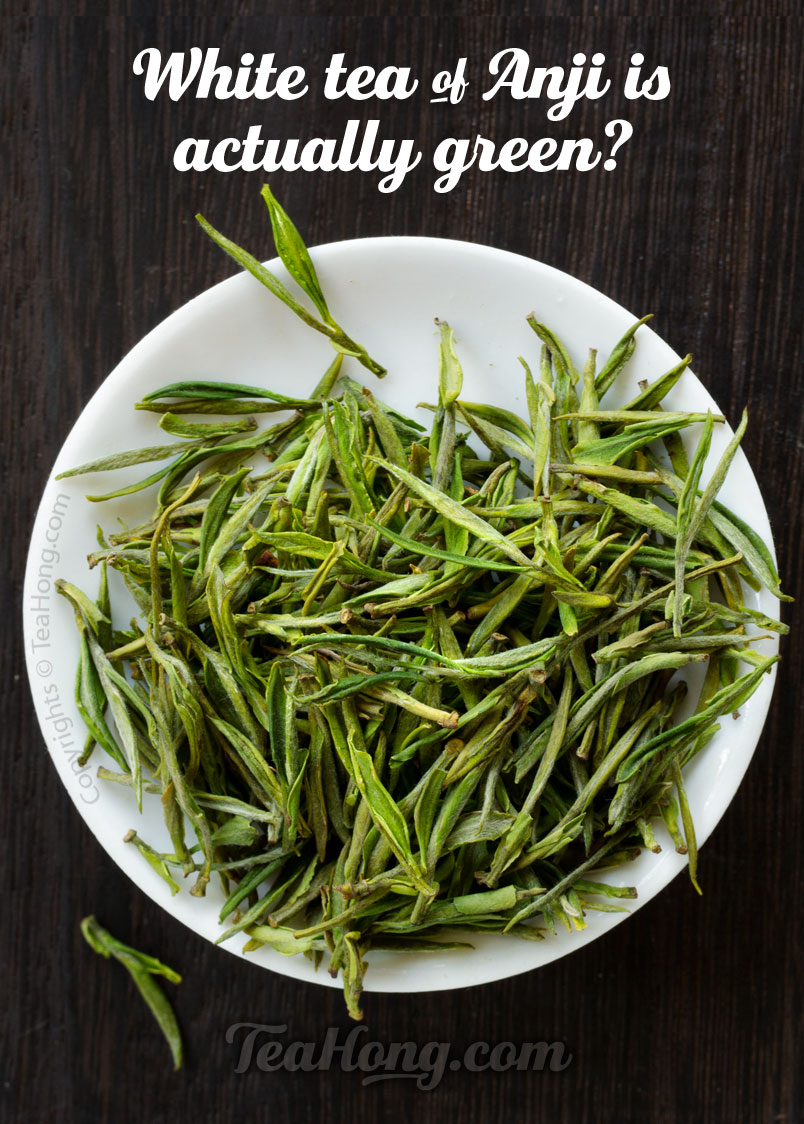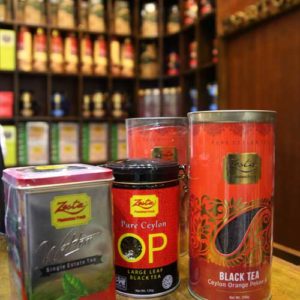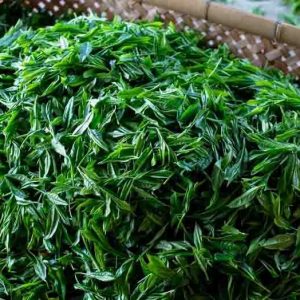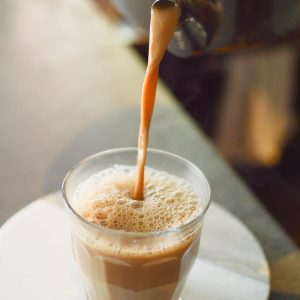Wulong

Leaves of a traditional oolong: Phoenix Black Leaf. It was the shape and the colour of the dry leaves that gave the category of oolong its original Chinese name: black dragon
Wulong ( Chinese: 烏龍 ) is the pinyin romanisation of what the West has been calling oolong. The phrase literally translates as black dragon, referring to the colour and the shape of the dry leaves of the original form of this tea category. The bead form, such as that of Tieguanyin or Dong Ding, came about much later in history.
Other than referring to the tea category, the original Chinese term is also used for the names of specific tea varieties and tea cultivars. Mostly these tea varieties are made from cultivars with the same names. Examples are Shiguping Wulong, Aijiao Wulong, Jinxuan Wulong etc. However, there are also tea varieties that are not labelled with the term wulong but are made from wulong cultivars, such as Paochong, Sijichun, etc. There are also tea varieties with the term wulong in the name but not from any specific wulong cultivar, such as Dong Ding ( Wulong ), Alishan Wulong, etc.

Dry leaves of bead shape oolong: Tieguanyin
Bead shape oolong came about a lot later, at least a few centuries after “dragon” shape oolong
Cultivars with the term wulong in their names are related in one way or the other. There are quite a number of them and more are coming up every year or two. That is because more and more regions are developing their own strands to suit their specific production and marketing needs.
To lessen the confusion, we have chosen to use the romanised term wulong only for the names of the cultivars and tea varieties using that respective cultivar names. In instances where we refer to the tea category or tea varieties of that category, we have followed the Western conventional term oolong.
It has to be very clear that there are many oolong varieties that are NOT produced from wulong cultivars. Many of them are produced from cultivars specific of their own varieties. Examples are the shuixian varieties from Wuyi and Phoenix, Tieguanyin, Rougui etc.
Leaves from wulong cultivars have been used to produce both oolongs and varieties of other tea categories, mostly black teas and green teas.
The term wulong is employed in the following articles in this site:
- Any Health Benefits in the Tealeaves after First Infusion?
- Comparing the infusion colour of Gongfu Green Uva, a Paochong oo
- Comparing the infusion colour of Gongfu Green Uva, a Paochong oo
- Infused leaves: Shiguping Wulong
- Infused leaves: Wulong green tea, Four Season | Cuiyu
- Infused leaves: Wulong green tea, Four Season | Cuiyu
- Infusion colour comparison
- Naming of a Tea
- Oolongs: Phoenix Varieties
- Oolongs: the Gran Cru of Teas
- Oolongs: Wuyi Varieties
- Organic Spring Green Tea
- Organic Spring, Taiwan Wulong Green Tea
- Qingxin Green Tea
- Shiguping Wulong
- Shiguping wulong as compared to Milan Xiang Dancong and Wenshan
- Shiguping Wulong, Phoenix oolong
- Stallion in Gold, Tieguanyin Turns Red
- Traditional Oolong Production: A Showcase
- Uva Green, in the Gongfu Spirit
- Wuyi Aijiao Wulong
- Yancha Shuixian, Wuyi oolong










